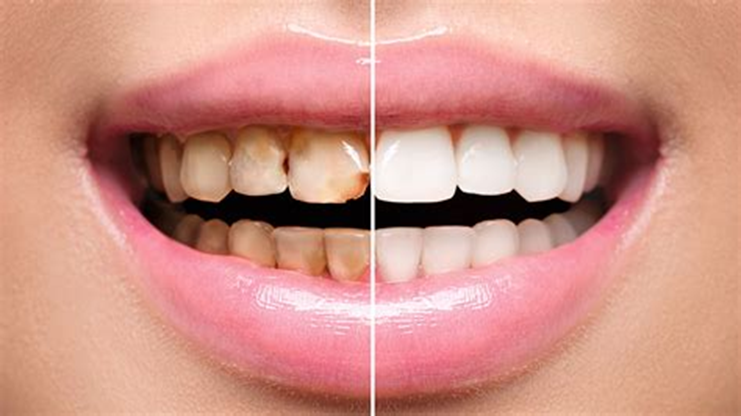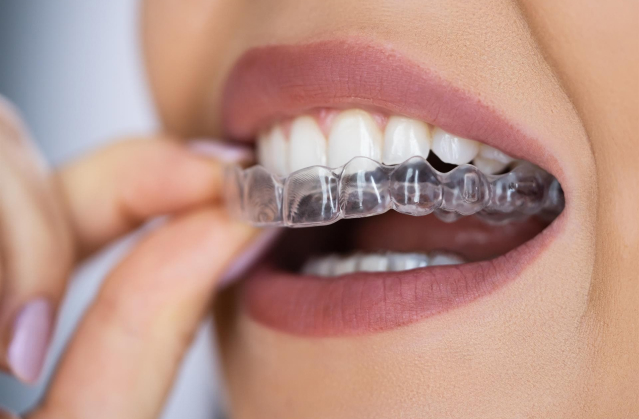Caries begins with an erosion of the external layer of the tooth, the enamel, produced after the formation of a dental plaque that at its beginning can be an accumulation of food that is easily degraded in the mouth by the action of a substance that contains the saliva (alpha amylase) and by bacteria in simpler compounds that increase the acidity of the oral cavity, which destroys the integrity of the enamel and can affect the rest of the components of the tooth.
The bacterial plaque known as "acidogenic", mainly Streptococcus mutans and lactobacillus, develops when there are nutritional residues that serve as their own food. These bacteria form a network on the tooth surface that degrades food remains, through chemical elements and enzymes, leaving behind a series of acids that attack the tooth. Once they pierce the enamel, they move to the dentin and from there to the pulp where the infection settles.
Therefore, not only must the influence of foods rich in carbohydrates on the appearance of cavities be taken into account, but also that of other foods, the degree of dental hygiene, the availability of fluoride, salivary production and other factors. genetics.
For a long time it was believed that sugar (and sweets in general) undermined the layer of enamel that covers the teeth through a chemical effect, and then perforated the tooth itself until exposing the nerve. Today we know that this is not true. It has been fully proven that cavities are an infectious and contagious disease caused by streptococcus.
This microorganism is transmitted from person to person (for example in kisses), and lodges particularly well within the layers of fermented foods that adhere to the top of the teeth, better known as bacterial plaques. These foods decompose and ferment, causing, among other diseases, periodontitis or inflammation of the gums. Within the fermented organic mass between the tooth and gums, streptococcus finds an ideal habitat: food and shelter. This is when streptococcus comes into action and perforates the tooth, causing tooth decay. The blame, therefore, is shared.
Recent studies conducted by the FDA and professional dental associations, have determined that sugar can be a contributing factor in the origin of dental caries, but no more than other equally fermentable foods such as flour and cereals. And even so, if sugar or sweets are not consumed, dental cavities will also appear in poor oral hygiene conditions. The same studies have determined that eliminating sugar does not eliminate tooth decay.
Consequently, the solution to avoid cavities, logically, does not lie in stopping consuming sugar and other carbohydrates such as milk and fruit, but in carrying out a whole series of preventive measures. Recent studies suggest that when oral hygiene is sufficient, the composition of the diet has much less influence on the presence of cavities. In a study carried out among young people, adequate hygiene measures were a much more reliable factor in predicting low caries prevalence than those who consumed a diet with low cariogenic potential.



